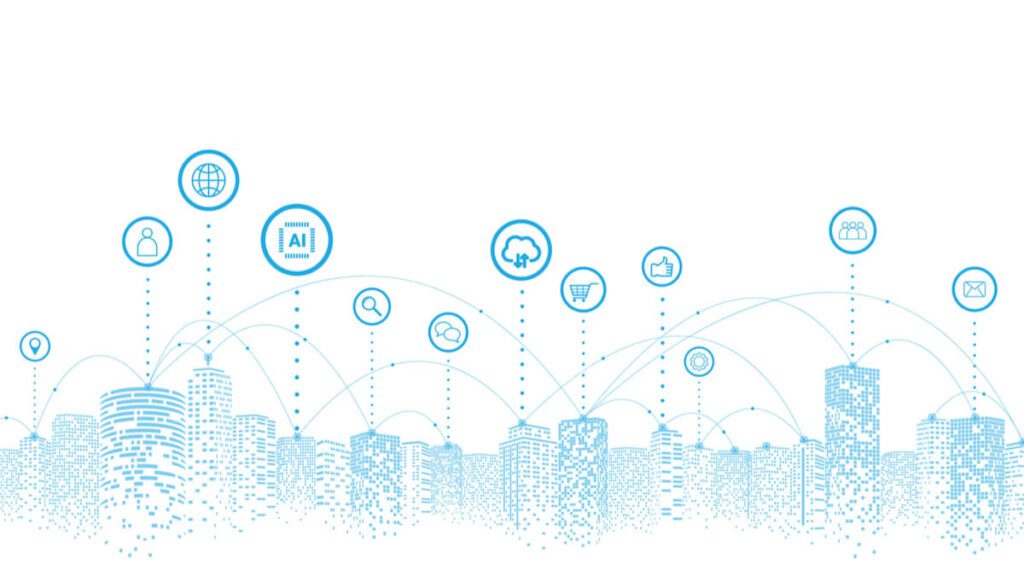DNA, Telia to expand shared network in construction effort

More plans are being implemented by telecom operators to strengthen the quality of their services offered to customers to stay on top of the chart.
As such, two of Finland’s mobile operators, DNA and Telia, are planning to expand the area of their shared network covering 62.5 percent of the country. Their shared network already covers eastern and northern Finland, with 50 percent of the land area, though only 13.5 percent of the population.
The area of the Finnish network operating in the Northern and Eastern parts of the country will expand further southwest to the Raahe-Loviisa line, covering cities like Oulu, Kuopio and Kouvola.
More coverage and introduction of 5G
In addition, those plans, once accomplished, aim to increase the coverage to 62.5 percent by area and 28.5 percent by population, while the telcos expect that their collaboration will help speed up the introduction of 5G services by about a year and modernize the radio network.
The Finnish shared network will immediately begin integrating the new area into the 5G construction that will start this year.
However, this collaboration stops at a point where competition regains foot by having Telia and DNA continuing to offer independently competing services to customers in the shared area.
The extension means “we can bring 5G connections to the area to further improve the quality and speed of the mobile broadband,” said Tommy Olenius, DNA’s senior vice president, technology.
“In the past few years, the Finnish Shared Network has succeeded well in its original goal of building a high-quality and comprehensive mobile network in eastern and northern Finland that both operators have been able to utilise as they provide services to our customers in these areas. It’s therefore natural to expand this cooperation on the basis of these good results,” Olenius added.
The benefits
Improving customer experience as network coverage, speed and quality improve, are some of the benefits.
More base stations will be built in the new area, and the speed and capacity of the network will increase in the same way as in Northern and Eastern Finland, as operators combine their frequencies in the Finnish Shared Network area.
On the other hand, network sharing does not affect end-user services.
The majority of the Finnish population, approximately 70 percent, will still be covered by both parties’ separate mobile communication networks.
